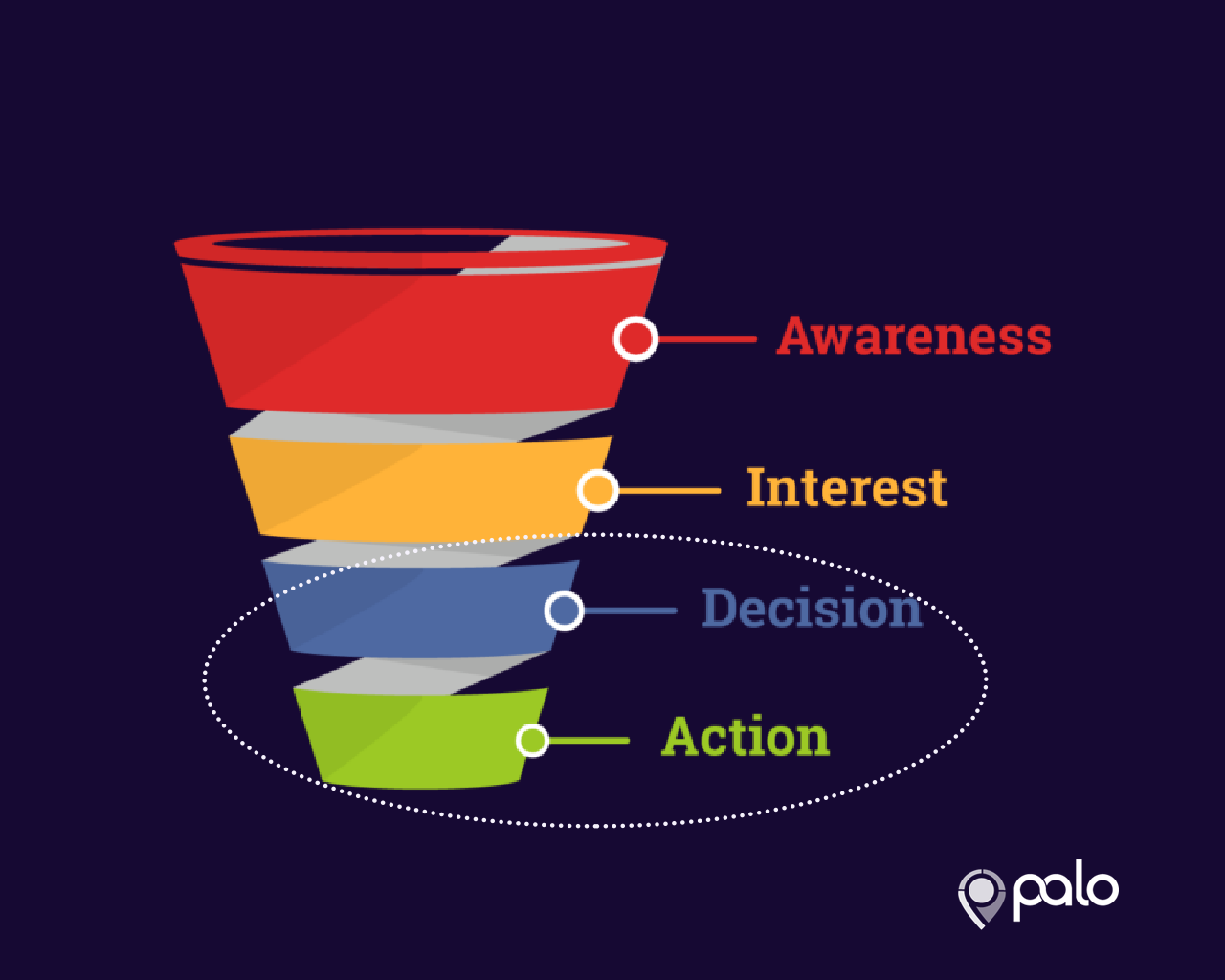
IVR Stress Testing: Everything You Need to Know
In today’s highly dynamic business environment, business owners expect Interactive Voice Response (IVR) supervisors to solve problems quickly and lower the time spent performing tests. However, quicker responses could result in more problems in the IVR system and affect the caller experience.
Quality IVR automation testing tools like IVR Stress testing can solve this problem. These tools may identify potential IVR issues, helping companies determine the performance and efficacy of their IVR systems.
In this blog post, we focus on IVR stress testing and how it can help you catch and solve potential IVR issues before they happen. Read on to learn everything you need to know.
What Is IVR Stress Testing?
An IVR Stress test is a performance test to establish how IVR systems would function under high volume for a definite period. It helps ensure the system can handle incoming calls with minimal glitches.

Stress testing allows you to test different factors, such as call volume, frequency, and duration. It enables you to identify and address potential issues in the system before it goes live.
How Does IVR Stress Testing Work?
IVR testing enables you to perform a stress test on the system and ensure they function even in extreme traffic levels, all at fast intervals. This allows you to lower testing time and provide better customer service.
Stress testing works the same way because it also relates to call flow. IVR stress testing, also known as peak traffic testing, establishes whether IVR systems can handle heavy traffic.

It measures this ability in two ways- using the maximum number of concurrent calls and maximum call arrival and teardown rate.
The difference between IVR testing and stress testing is that a stress test aims to establish whether the system can manage times when demand is higher than average.
How to Perform IVR Stress Testing
To conduct an IVR Stress test, you simulate a large call volume to the system for a specific period. One way of doing this is using particular software intended to make many calls.
You can configure the calls to imitate actual call patterns, like call frequency, duration, and responses, by simply clicking a button or communicating with the system.

Another method is using a hardware component tailored for generating multiple calls. Hardware devices can help simulate a high influx of calls for a certain period.
IVR Stress Testing Can Reduce Call Abandonment Rates
Customers dislike it when IVR asks them to restate their problems and issue personal info. Some even disconnect their call before talking to IVR if the wait time is long or if they find a solution to a problem on their own before a live agent can help.

Lowering your call abandonment rate is the only way to manage higher call traffic and improve customer service. Longer wait times can negatively affect user experience and ultimately cause you to lose customers.
Luckily, IVR testing tools can conduct numerous tests and file the IVR system’s performance, providing better customer service.
Tips for Successful IVR Stress Testing
When conducting an IVR Stress testing, remember to:
- Define the test’s objectives before conducting it.
- Ensure the test environment correctly mimics the natural one.
- Generate a high call volume that mimics actual call patterns.
- Analyze the test results to detect potential issues.
Bottom Line
IVR saves time and expenses for businesses. It ensures each customer is attended to and receives the assistance they need without wasting resources.
An effective IVR stress testing system can improve customers’ IVR experience, answering their queries every time and informing you of potential problems before they arise.
At PALO, we believe in the power of intelligent IVR systems in streamlining pay-per-call campaigns. We are experts at generating quality pay-per-call leads that turn into long-term clients for your business.
Contact us today to learn about our pay-per-call offers and how they can help you achieve your business goals.






